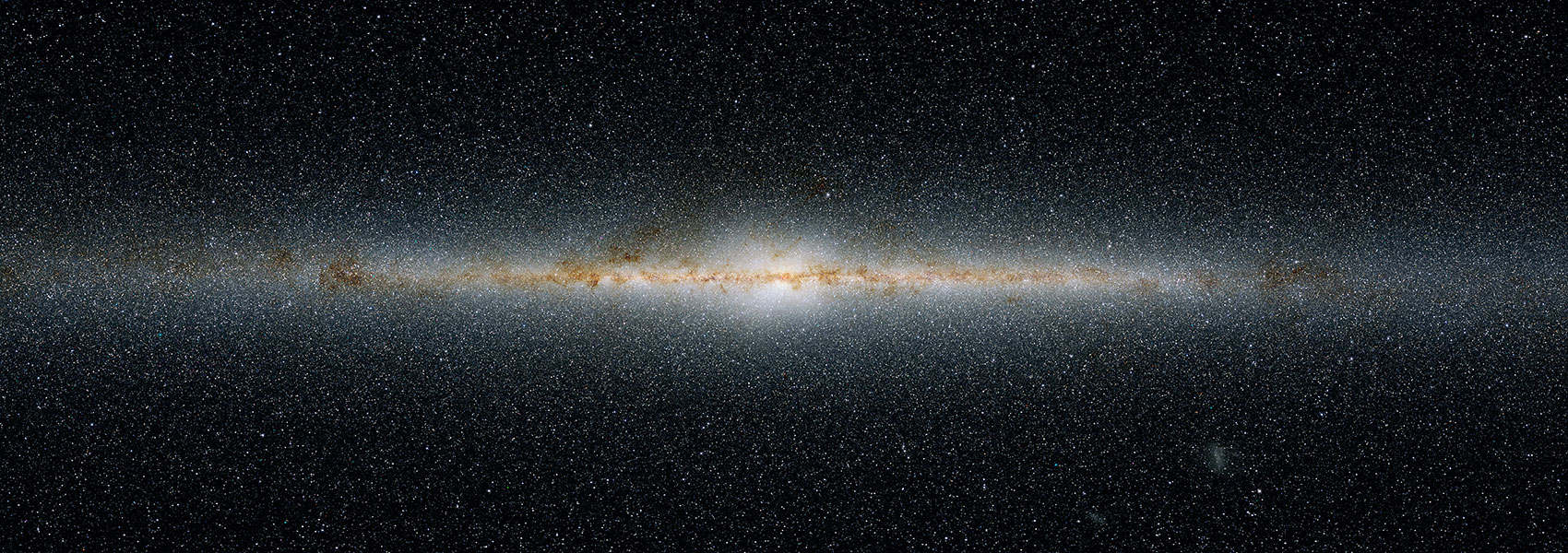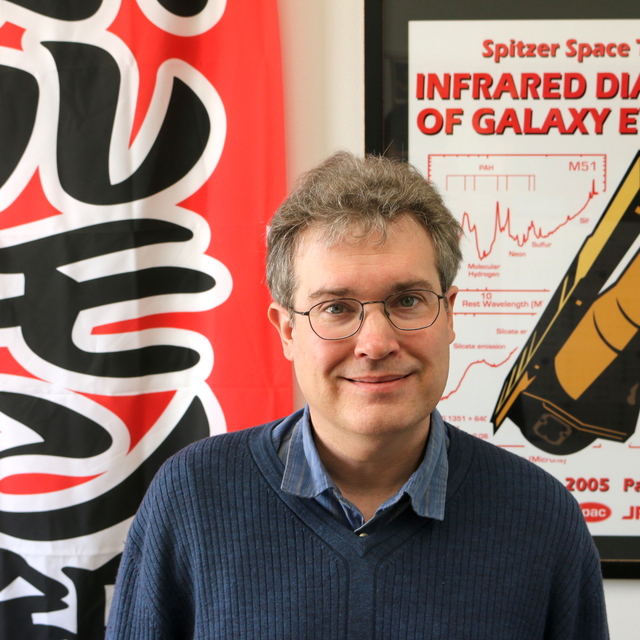May
2022
•
2022ApJ...930..126F
Authors
•
Flury, Sophia R.
•
Jaskot, Anne E.
•
Ferguson, Harry C.
•
Worseck, Gábor
•
Makan, Kirill
•
Chisholm, John
•
Saldana-Lopez, Alberto
•
Schaerer, Daniel
•
McCandliss, Stephan R.
•
Xu, Xinfeng
•
Wang, Bingjie
•
Oey, M. S.
•
Ford, N. M.
•
Heckman, Timothy
•
Ji, Zhiyuan
•
Giavalisco, Mauro
•
Amorín, Ricardo
•
Atek, Hakim
•
Blaizot, Jeremy
•
Borthakur, Sanchayeeta
•
Carr, Cody
•
Castellano, Marco
•
De Barros, Stephane
•
Dickinson, Mark
•
Finkelstein, Steven L.
•
Fleming, Brian
•
Fontanot, Fabio
•
Garel, Thibault
•
Grazian, Andrea
•
Hayes, Matthew
•
Henry, Alaina
•
Mauerhofer, Valentin
•
Micheva, Genoveva
•
Ostlin, Goran
•
Papovich, Casey
•
Pentericci, Laura
•
Ravindranath, Swara
•
Rosdahl, Joakim
•
Rutkowski, Michael
•
Santini, Paola
•
Scarlata, Claudia
•
Teplitz, Harry
•
Thuan, Trinh
•
Trebitsch, Maxime
•
Vanzella, Eros
•
Verhamme, Anne
Abstract
•
The Lyman continuum (LyC) cannot be observed at the epoch of reionization (z ≳ 6) owing to intergalactic H I absorption. To identify LyC emitters (LCEs) and infer the fraction of escaping LyC, astronomers have developed various indirect diagnostics of LyC escape. Using measurements of the LyC from the Low-redshift Lyman Continuum Survey (LzLCS), we present the first statistical test of these diagnostics. While optical depth indicators based on Lyα, such as peak velocity separation and equivalent width, perform well, we also find that other diagnostics, such as the [O III]/[O II] flux ratio and star formation rate surface density, predict whether a galaxy is an LCE. The relationship between these galaxy properties and the fraction of escaping LyC flux suggests that LyC escape depends strongly on H I column density, ionization parameter, and stellar feedback. We find that LCEs occupy a range of stellar masses, metallicities, star formation histories, and ionization parameters, which may indicate episodic and/or different physical causes of LyC escape.
Links




